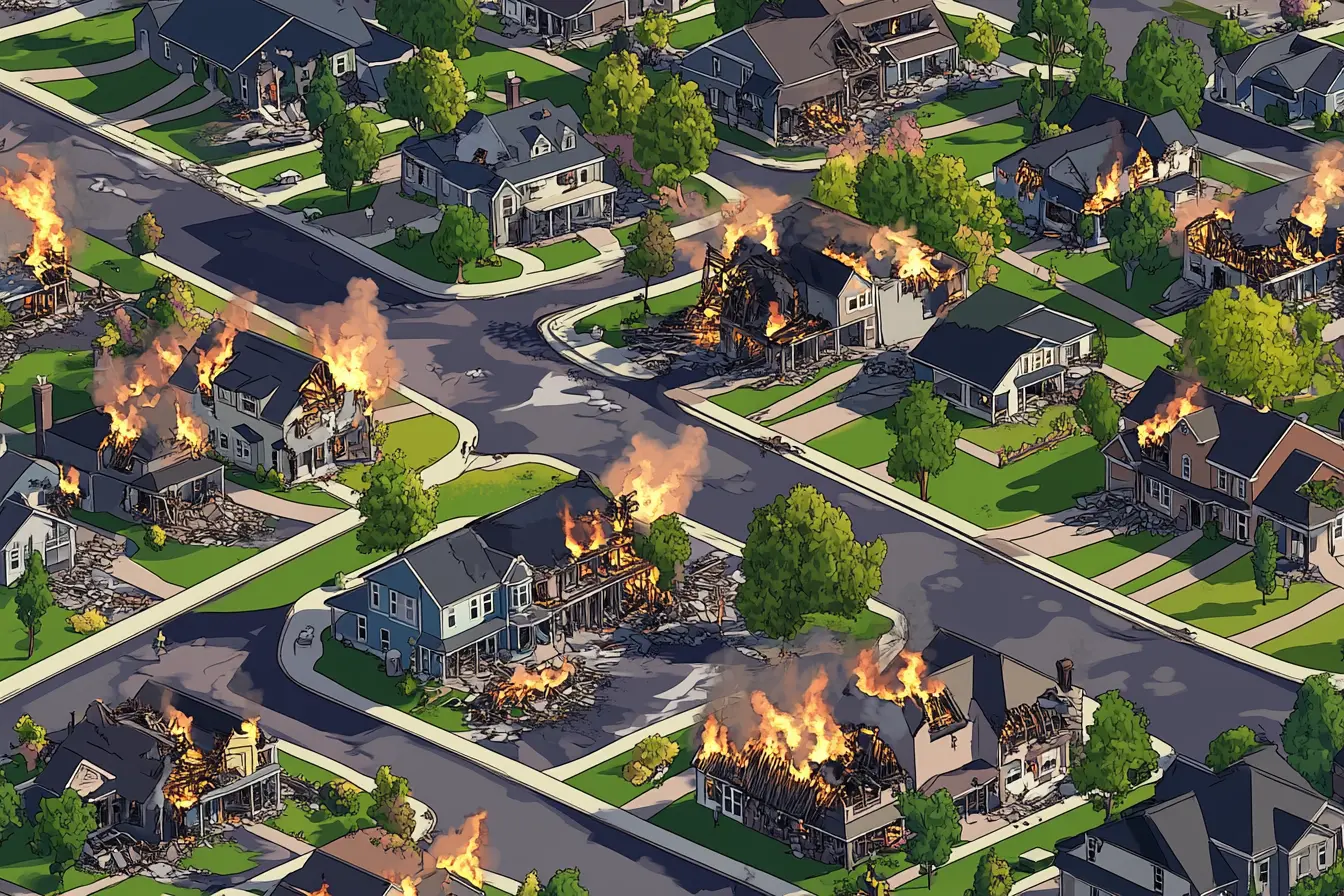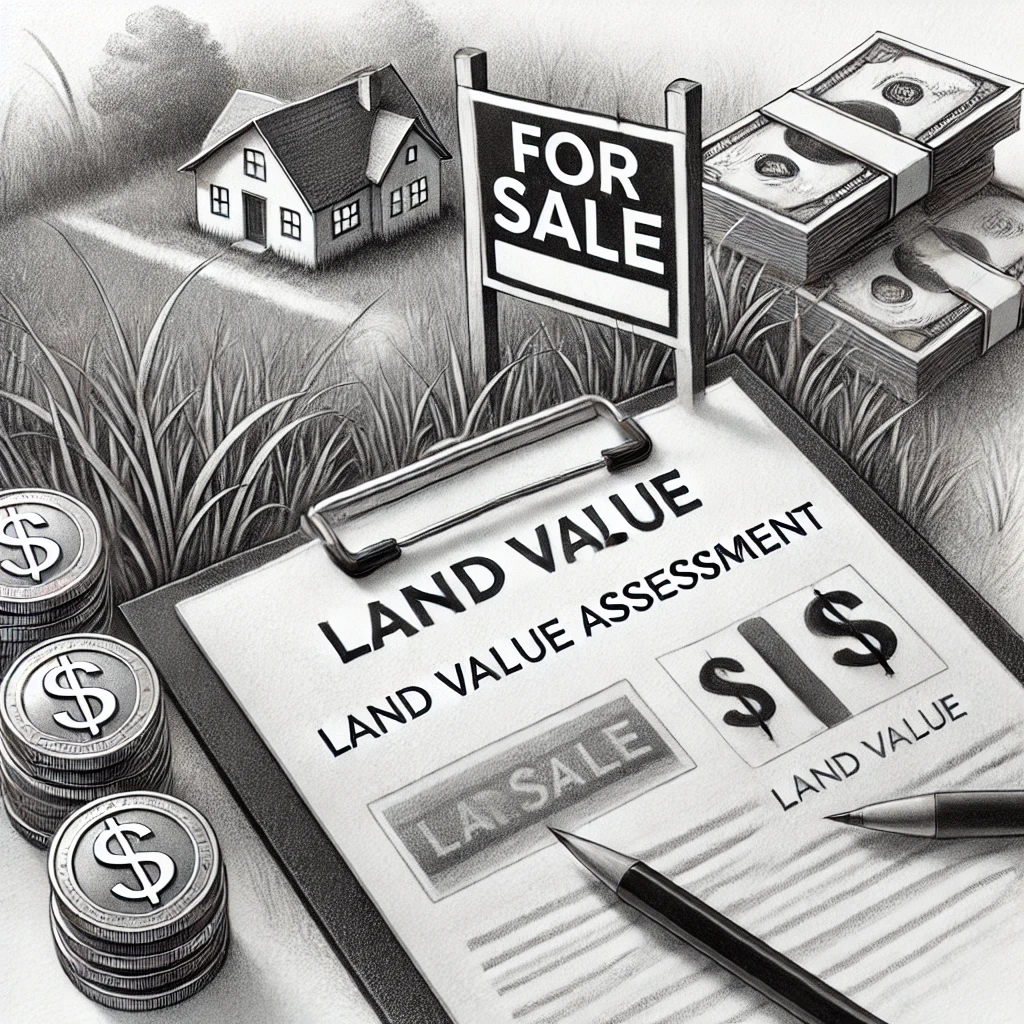Chapter Overview: Additional Considerations for Homeowners Selling After a Disaster

Selling a home or damaged lot after a disaster presents unique challenges and opportunities. Homeowners must navigate changing land values, collaborate with their community, attract developers and builders, and ensure their property meets inspection standards. Whether selling individually or as part of a larger community effort, understanding these considerations helps maximize property value and streamline the selling process.
This chapter provides an overview of key factors homeowners should evaluate before selling after a disaster, including land value fluctuations, group sales strategies, developer interest, and property inspections.

1. Changing Land Values After a Disaster
Disasters can significantly impact property and land values, either causing a decline due to uncertainty or creating investment opportunities for developers. Factors such as local rebuilding efforts, demand for land, and future infrastructure projects can influence whether selling now or waiting is the best financial decision. This article takes a closer look at the following key factors.
Key Factors Affecting Land Value
Supply and Demand – Are buyers and developers actively investing in the area?
Zoning & Rebuilding Regulations – Have local laws changed, impacting what can be built?
Market Trends – Are property values recovering or still declining post-disaster?
2. Community Collaboration: Selling Lots Together for Higher Value
Selling damaged or vacant lots individually may not attract high-value buyers, but homeowners who work together to package multiple lots for sale can increase demand and sale price. Developers and city planners prefer large-scale projects, making a coordinated sale more attractive than scattered individual transactions. There’s generally quite a bit going on at this time, but community collaboration can unveil a number of benefits this section will walk through, including:
Benefits of Selling as a Group
Higher Sale Prices – Developers pay more for grouped lots.
Faster Transactions – Bulk sales streamline negotiations and approvals.
Greater Negotiation Power – Communities can collectively bargain for better deals.

3. Understanding Developer & Builder Interest
Developers and builders look for large-scale opportunities in post-disaster areas where they can rebuild entire neighborhoods or construct new housing communities. Selling a damaged lot to a developer instead of an individual buyer may result in a higher purchase price and a quicker sale.
Why Developers Buy Land in Disaster Areas
Potential for Large-Scale Projects – Developers prefer multiple lots for planned communities.
Government & Insurance Incentives – Cities may offer tax incentives for rebuilding.
Investment Potential – Some areas experience property value rebounds after disasters.
Homeowners considering selling should connect with developers early, as they may provide better offers than individual buyers.
4. Home Inspections: Evaluating a Home’s Condition Before Selling
If a home is partially damaged but still standing or if a seller is looking to buy another home, a Home Inspection can help determine if repairs or renovations are required. Many buyers request an inspection Contingency to identify potential issues, so understanding the home’s condition beforehand can prevent last-minute negotiations or sale delays. This article covers the primary inspections required in a sale.
Key Areas Assessed in a Home Inspection
Roof & Foundation – Structural integrity checks.
Electrical & Plumbing Systems – Ensuring safe, functional systems.
HVAC & Insulation – Heating, cooling, and Energy Efficiency.
5. Pest Inspections: Addressing Infestation Issues Before Selling
Pest damage—especially from Termites, rodents, or wood-destroying insects—can significantly impact a home's value and may even be required by lenders before financing a purchase. A Pest Inspection ensures that the home or land is free from infestation, reducing buyer concerns and potential roadblocks during Escrow.
Common Pests That Affect Property Sales
Termites & Carpenter Ants – Can weaken structural elements.
Rodents & Wildlife – Damage insulation, wiring, and foundations.
Beetles & Insects – May cause long-term damage to wooden structures.
If appropriate, sellers should address pest issues before listing to avoid delays or price reductions and buyers should ask for an inspection of a prospective property.
Learn More
Selling a home or lot after a disaster requires understanding market conditions, community collaboration, and property inspections to maximize sale value. Working with neighbors, real estate professionals, and developers can lead to faster, higher-value transactions. By understanding the content in these Rallybacks, homeowners can make informed decisions about selling their property and ensure they get the best possible financial outcome in a post-disaster market.